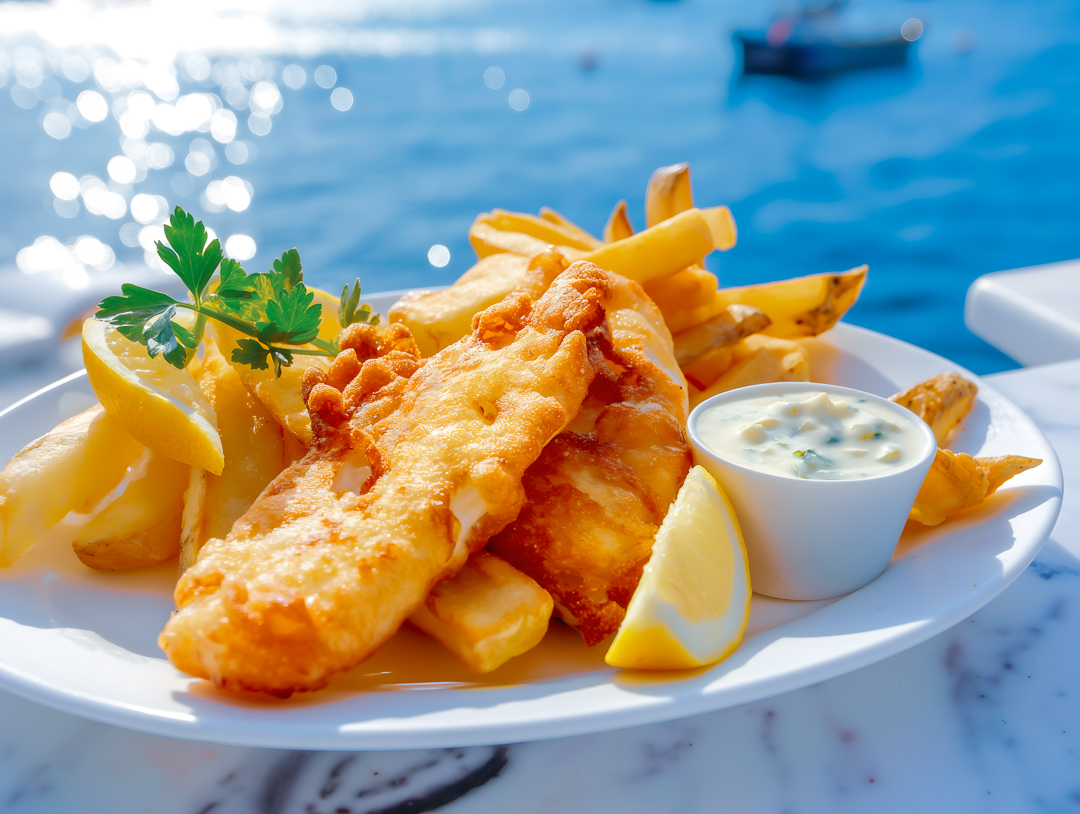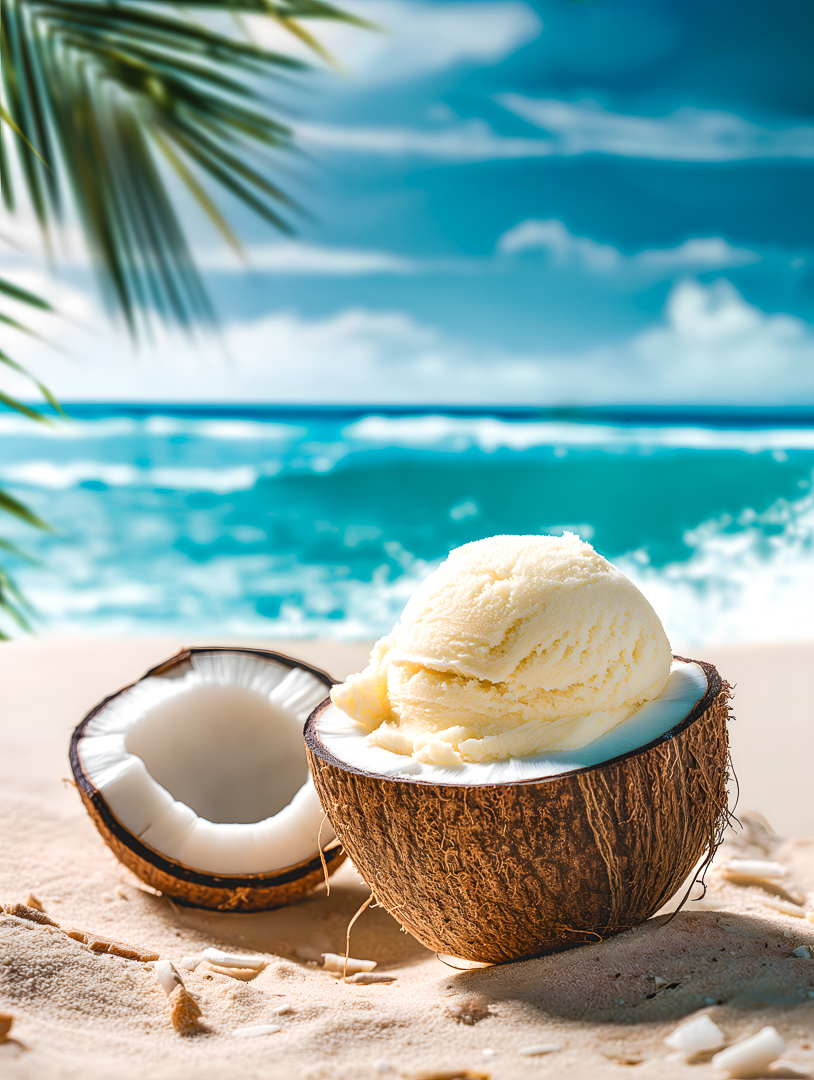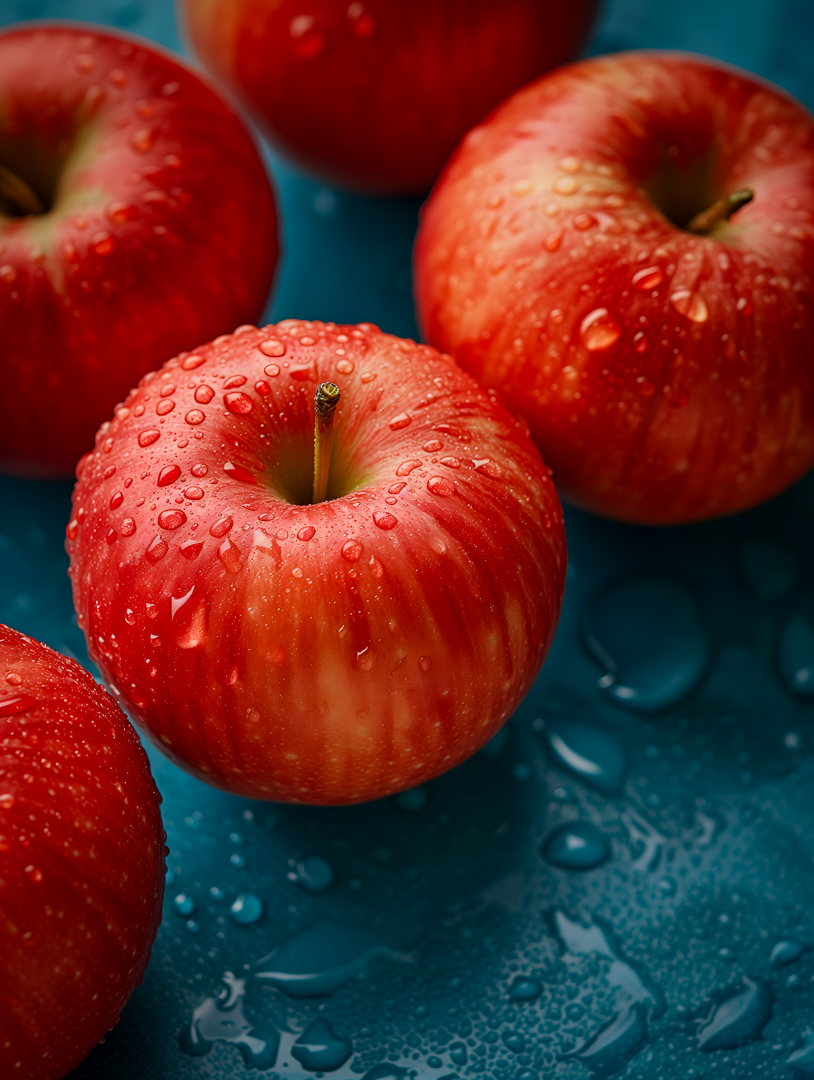
In the digital age, visual content reigns supreme. Nowhere is this more evident than in the realm of food marketing, where enticing images can make or break a campaign. As consumers become increasingly discerning and digital-savvy, the demand for high-quality, eye-catching visuals has never been higher. Enter artificial intelligence (AI) with its ability to generate hyper-realistic food images. This technology is revolutionizing food marketing, offering brands a powerful new tool to attract and engage customers. In this blog post, we will explore how AI-generated images are reshaping food marketing, highlighting their benefits and future potential.
The Power of Visual Appeal in Food Marketing
Visual appeal is crucial in food marketing. A beautifully photographed dish can evoke hunger and desire, prompting viewers to try the recipe, visit a restaurant, or purchase a product. Traditionally, achieving such visual allure has required skilled photographers, expensive equipment, and meticulous styling. However, these resources are not always accessible, especially for smaller businesses or those needing to produce content rapidly.
Enter AI-Generated Images
AI-generated images are created using sophisticated algorithms, particularly those based on Generative Adversarial Networks (GANs). These algorithms analyze vast amounts of visual data to understand and replicate the elements that make food images appealing—color, texture, composition, and lighting. The result is hyper-realistic images that can be produced quickly and cost-effectively, offering a host of benefits for food marketers.
One of the leading technologies in this space is Generative Adversarial Networks (GANs). GANs consist of two neural networks: one generates the images (the generator), and the other evaluates them (the discriminator). The generator creates an image, and the discriminator compares it to real images, providing feedback. Through this iterative process, the AI continually improves, producing highly realistic images.

Benefits of AI-Generated Images in Food Marketing
Cost Efficiency
- Traditional food photography can be expensive. Hiring professional photographers, renting studios, and sourcing props all add up. AI-generated images eliminate many of these costs. By using AI tools, brands can create high-quality images without the need for expensive photo shoots. This cost efficiency is particularly advantageous for small businesses and startups with limited budgets.
Speed and Scalability
- In the fast-paced world of digital marketing, speed is of the essence. AI can generate images in a fraction of the time it takes to organize and execute a traditional photo shoot. This rapid turnaround allows brands to respond quickly to market trends and seasonal demands. Furthermore, AI enables the production of a large volume of images at scale, ensuring a steady stream of fresh content for marketing campaigns.
Consistency in Quality
- Consistency is key in maintaining a cohesive brand image. AI-generated images offer uniform quality, ensuring that all visuals meet high standards. This consistency helps build brand trust and recognition. Additionally, AI can easily replicate a specific style or aesthetic, allowing brands to maintain a distinct visual identity across different campaigns and platforms.
Creative Flexibility
- AI provides unparalleled creative flexibility. Brands can experiment with various styles, settings, and compositions without the logistical constraints of a physical photo shoot. Need a dish in a rustic kitchen or a chic urban café? AI can create both scenarios effortlessly. This flexibility allows marketers to tailor images to different target audiences and contexts, enhancing their overall effectiveness.
Case Studies: Successful Use of AI-Generated Images
Several brands have already begun leveraging AI-generated images to great effect. For instance, leading food delivery platforms use AI to create appealing images of dishes that may not photograph well under normal conditions. By enhancing the visual appeal, they can attract more customers and increase sales. Similarly, e-commerce food brands use AI-generated images to showcase their products in various appetizing ways, driving engagement and conversions.
Challenges and Considerations
While the benefits are substantial, integrating AI-generated images into food marketing comes with challenges. Authenticity remains a critical concern. Consumers value genuine, relatable content, and there is a risk that overly polished AI images might appear too artificial. Brands must strike a balance, using AI to enhance visuals while maintaining a sense of authenticity.
Additionally, transparency is essential. Consumers appreciate honesty, and disclosing the use of AI-generated images can build trust. Brands should consider informing their audience about the technology behind their visuals, turning it into a point of interest rather than a point of contention.
The Future of AI in Food Marketing
The potential of AI in food marketing extends beyond just image generation. Future advancements could include AI-driven video content, interactive experiences, and personalized marketing. For instance, AI could create videos that adapt to viewers’ preferences in real-time or generate interactive images that allow customers to explore a dish from different angles.
Moreover, AI can provide valuable insights into consumer preferences by analyzing engagement data. This information can guide marketing strategies, helping brands create more targeted and effective campaigns. As AI technology continues to evolve, its integration into food marketing will only deepen, offering new and exciting possibilities.

Conclusion
AI-generated images are revolutionizing food marketing, offering cost-efficient, high-quality, and creatively flexible solutions. By harnessing the power of AI, brands can produce captivating visuals that attract and engage customers, driving growth and success in a competitive market. As we look to the future, the role of AI in food marketing is set to expand, promising even greater innovation and impact. For brands willing to embrace this technology, the rewards are substantial—a new era of visually compelling and effective food marketing is here.
In the digital age, visual content reigns supreme. Nowhere is this more evident than in the realm of food marketing, where enticing images can make or break a campaign. As consumers become increasingly discerning and digital-savvy, the demand for high-quality, eye-catching visuals has never been higher. Enter artificial intelligence (AI) with its ability to generate hyper-realistic food images. This technology is revolutionizing food marketing, offering brands a powerful new tool to attract and engage customers. In this blog post, we will explore how AI-generated images are reshaping food marketing, highlighting their benefits and future potential.